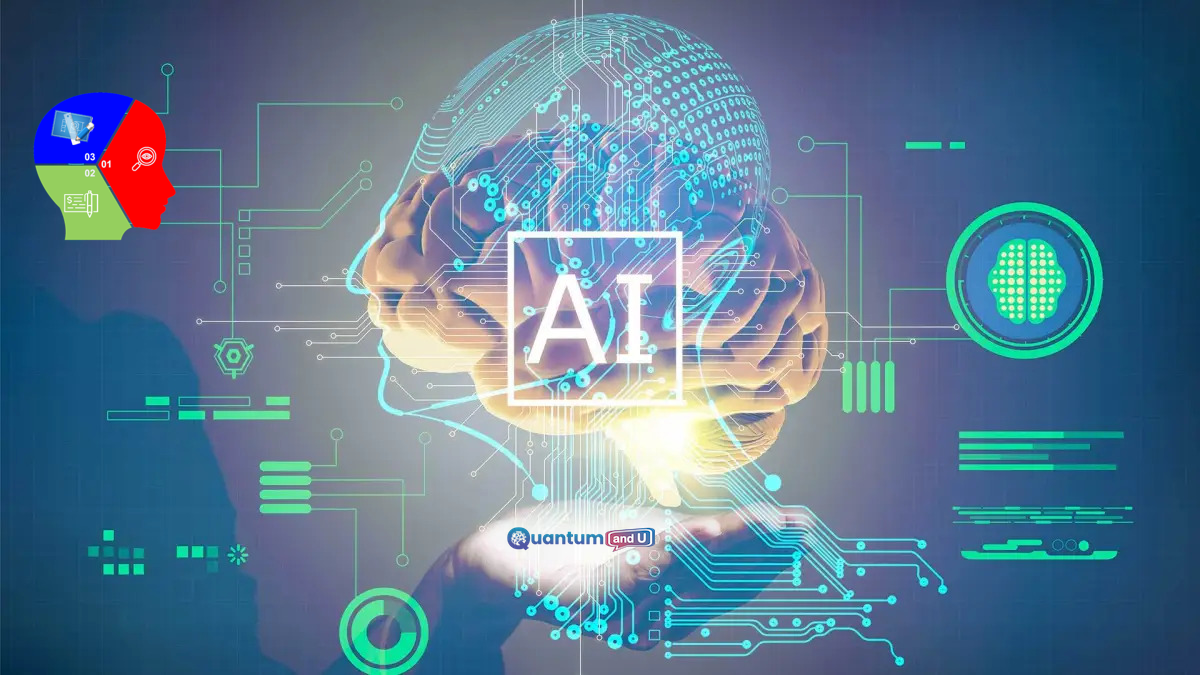
The YouTube video titled “Quantum Computing in AI (a NEW Era of Technology)” introduces the concept of quantum computing and its potential impact on artificial intelligence. It highlights the revolutionary power of quantum computing and its ability to solve complex problems that classical computers struggle with. The video explains the fundamental principles of quantum computing, such as superposition and entanglement, and compares it to classical computing
Related Sections:
- Quantum AI Computing vs. Classical Computing: The video uses the analogy of a traditional piano versus a futuristic piano to explain the difference between classical and quantum computing. It emphasizes how quantum computers can perform parallel computations, providing a significant advantage in solving complex problems efficiently.
- Potential of Quantum AI Computing: The video explores the various applications of quantum computing. It discusses how quantum computers can accelerate tasks like drug discovery, climate modeling, financial services, supply chain optimization, and cybersecurity. It highlights the immense computational power of quantum computers, which can process vast amounts of information simultaneously and unlock new possibilities.
- Quantum Machine Learning: The video introduces the concept of quantum machine learning (QML) or qno. It explains how QML leverages the superposition and entanglement properties of quantum mechanics to process information effectively. QML shows promise in fields such as traffic flow prediction, healthcare, and pattern recognition, enabling faster and more accurate decision-making.
- Real-World Applications of Quantum AI: The video delves into five specific areas where Quantum AI is making a mark today. These areas include drug discovery, financial services, climate modeling, supply chain optimization, and cybersecurity. It showcases how quantum AI can revolutionize these fields by providing unprecedented computational capabilities and insights.
- Quantum AI’s Potential to Solve Previously Unsolvable Problems: The video highlights three challenging problems that classical computing has struggled to solve but that Quantum AI might conquer. These problems include protein folding, optimization problems (e.g., the traveling salesman problem), and prime factorization for encryption. Quantum AI’s potential to solve these problems could have far-reaching implications for medicine, logistics, and cryptography.
Conclusion:
The video concludes by presenting both the utopian and dystopian aspects of the future of quantum AI. It acknowledges the transformative potential of quantum AI in various domains, including medicine, sustainability, and connectivity. However, it also raises concerns about cybersecurity risks, ethical considerations, and job displacement. The video emphasizes the need for responsible and cautious navigation of this new era of technology to harness its benefits while mitigating potential risks.
Key Takeaway Points:
- Quantum AI computing utilizes the principles of quantum physics to solve complex problems that classical computers struggle with.
- Quantum computers can process vast amounts of information simultaneously, offering significant computational advantages.
- Quantum machine learning (QML) leverages quantum mechanics to accelerate tasks like prediction, pattern recognition, and personalized treatments.
- Quantum AI has real-world applications in drug discovery, financial services, climate modeling, supply chain optimization, and cybersecurity.
- Quantum AI holds the potential to solve previously unsolvable problems, such as protein folding, optimization problems, and prime factorization for encryption. However, it also comes with risks that need to be carefully managed.
Overall, the video provides an informative overview of quantum computing in AI, highlighting its transformative potential and urging responsible adoption and exploration of this new technology.


